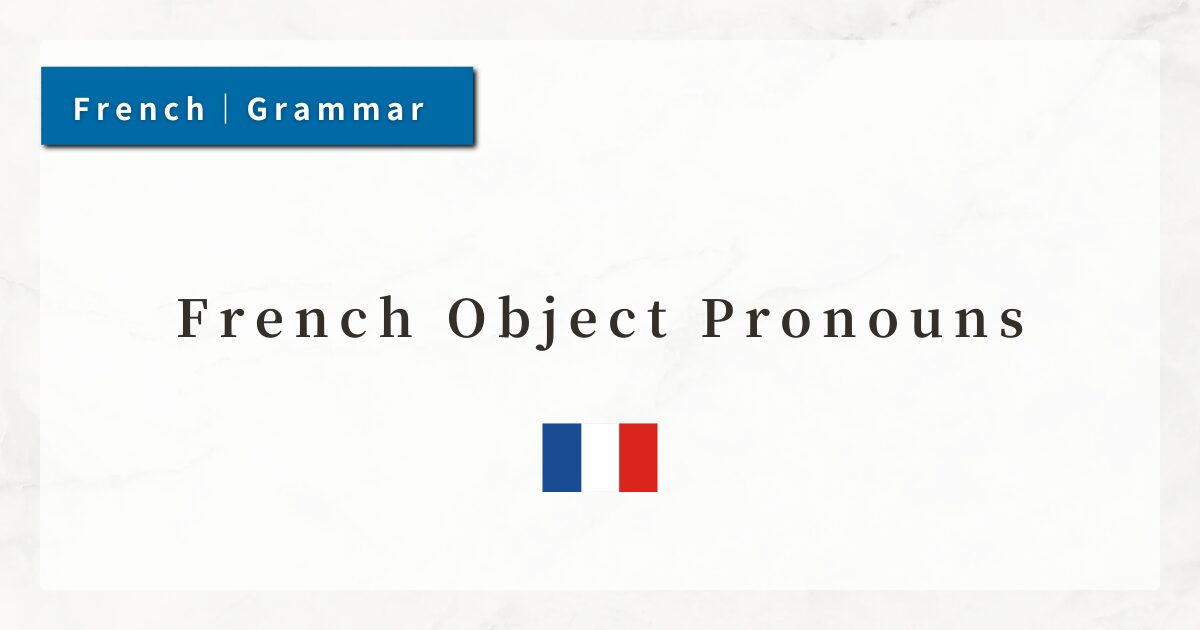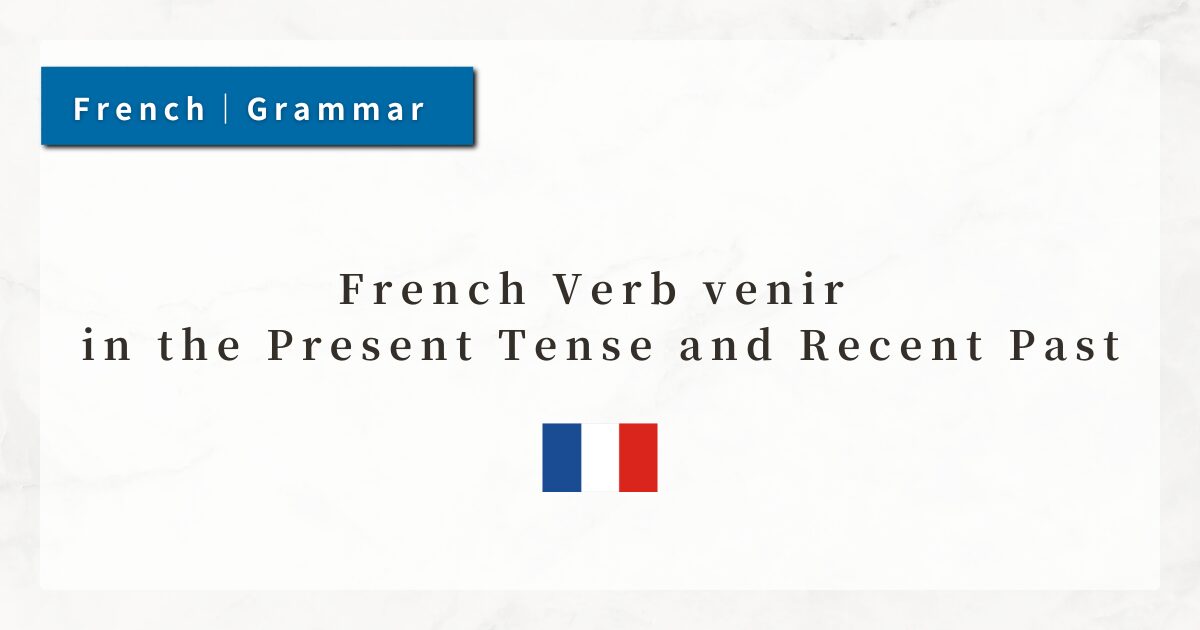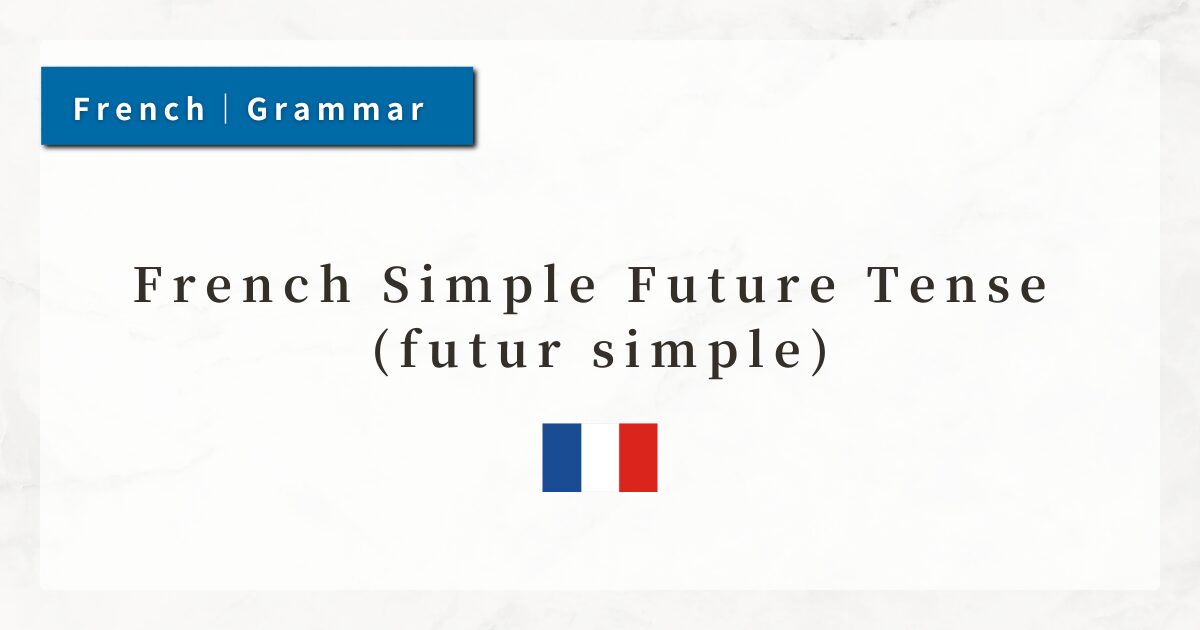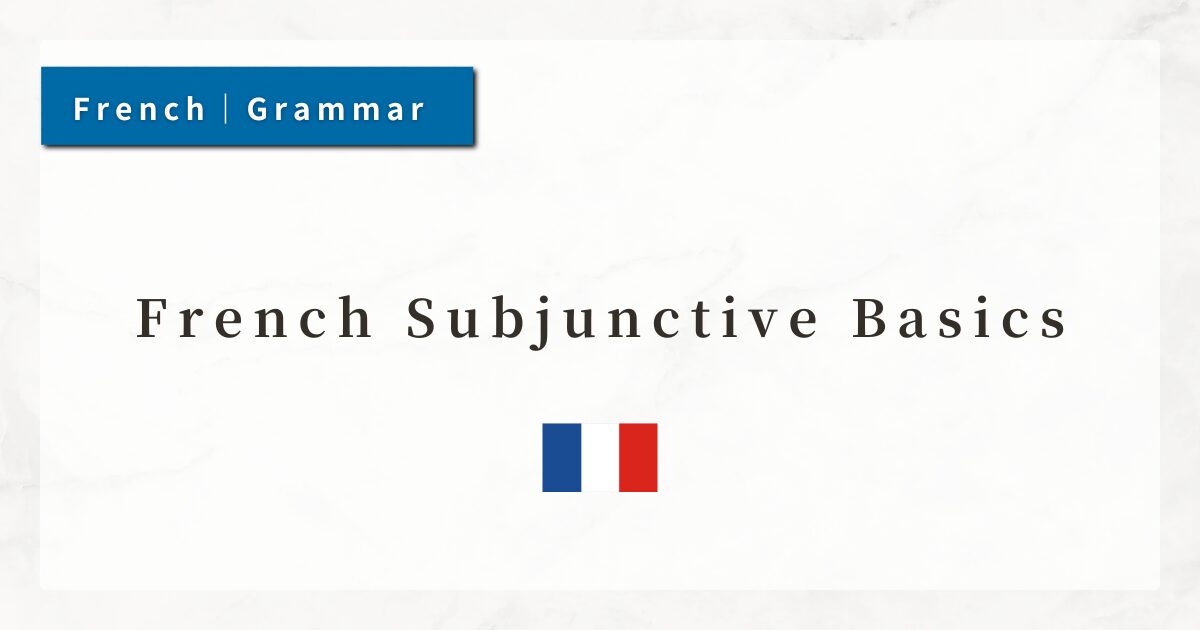#33 French Object Pronouns | Usage Guide with Chart and Examples

In French, many verbs require an object such as “what/whom” or “to whom.”
When these objects are replaced with personal pronouns, they are called object personal pronouns (pronoms personnels compléments).
In this lesson, I will explain the types and uses of object pronouns, their correct word order, and key points to be aware of.
1. What Are Object Personal Pronouns?
1-1. The Basics
In French sentences, verbs often require an object—the person or thing receiving the action.
To avoid repetition and make sentences more concise, object personal pronouns are used. They function as the object of the verb (direct or indirect object).
- Je vois Marie.
(I see Marie.)
→ Je la vois.
(I see her.)
Here, Marie is replaced by the pronoun la. In principle, object pronouns are placed before the verb.
There are two types of object pronouns, depending on whether they replace a direct or an indirect object.
1-2. Direct Object Pronouns (me, te, le, la, nous, vous, les)
Used with verbs that take a direct object, such as “to see” or “to eat.”
| Person | Singular | Plural |
|---|---|---|
| 1st person | me (me) | nous (us) |
| 2nd person | te (you) | vous (you) |
| 3rd person | le (him/it), la (her/it) | les (them) |
1-3. Indirect Object Pronouns (me, te, lui, nous, vous, leur)
Used mostly when the object is introduced by “à + person”.
| Person | Singular | Plural |
|---|---|---|
| 1st person | me (to me) | nous (to us) |
| 2nd person | te (to you) | vous (to you) |
| 3rd person | lui (to him/her) | leur (to them) |
Note: me, te, nous, vous are used for both direct and indirect objects. In contrast, le, la, les are only direct objects, and lui, leur are only indirect objects.
2. How to Distinguish Direct and Indirect Objects
Since verb usage determines whether the object is direct or indirect, you must pay attention to the structure of the sentence.
2-1. Direct Object = No Preposition
When the noun follows the verb directly, it is a direct object.
- Je connais Paul.
(I know Paul.)
→ Paul has no preposition → use direct object pronoun le. - Tu regardes la télévision.
(You watch television.)
→ la télévision is a direct object → use la.
2-2. Indirect Object = à + Person
When the object is introduced by “à + person”, it is an indirect object.
- Elle parle à son frère.
(She talks to her brother.)
→ à son frère → replaced by lui. - Ils écrivent à leurs amis.
(They write to their friends.)
→ à leurs amis → replaced by leur.
2-3. Shared Forms: me, te, nous, vous
For the 1st and 2nd person, the same pronouns (me, te, nous, vous) are used for both direct and indirect objects.
- Il me voit.
(He sees me.) → direct object - Il me parle.
(He speaks to me.) → indirect object
The meaning (“me” vs. “to me”) is determined by the verb.
3. Word Order Rules
Object pronouns are generally placed directly before the conjugated verb.
- Je le vois.
(I see him.) - Tu lui téléphones.
(You call him.)
In compound tenses, they are placed before the auxiliary verb.
- Je l’ai vu.
(I saw him.) - Elle leur a parlé.
(She spoke to them.)
4. Summary
- Object personal pronouns replace objects of verbs and are divided into direct and indirect objects.
- Direct object pronouns: me, te, le, la, nous, vous, les
- Indirect object pronouns: me, te, lui, nous, vous, leur
- me, te, nous, vous are used in both functions; meaning is determined by context.
- Grammatically, object pronouns are placed before the verb.




